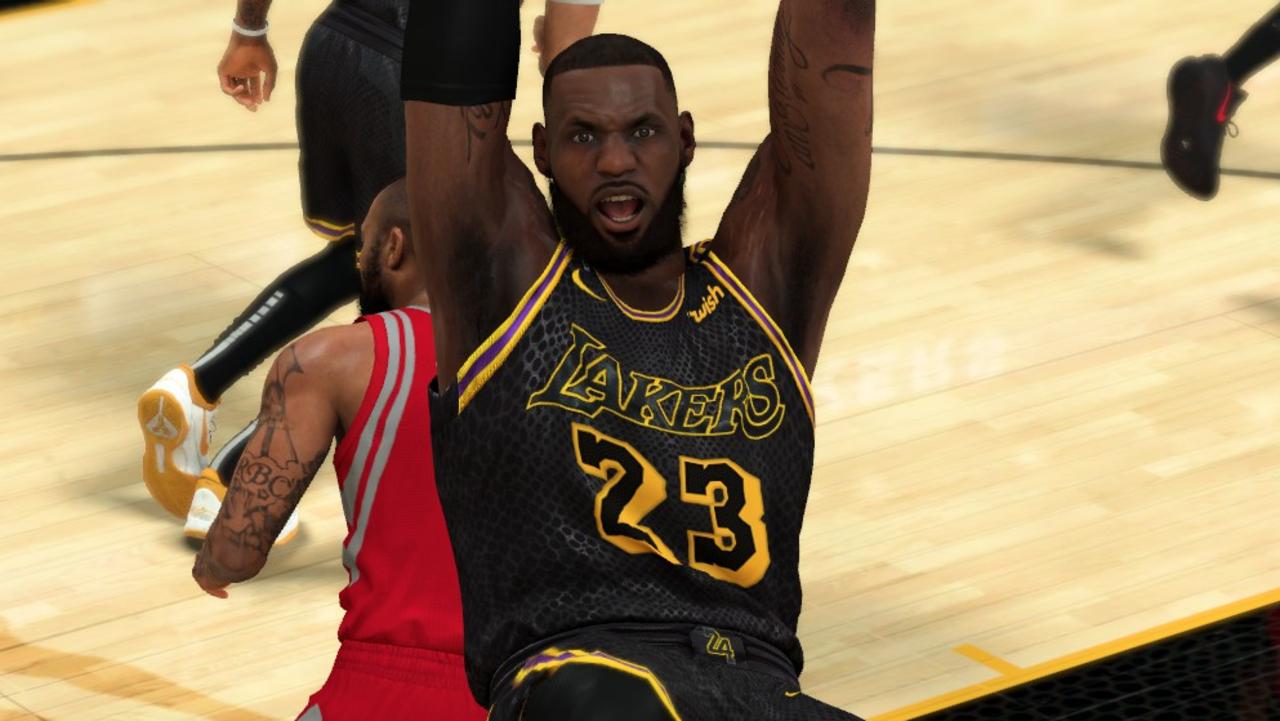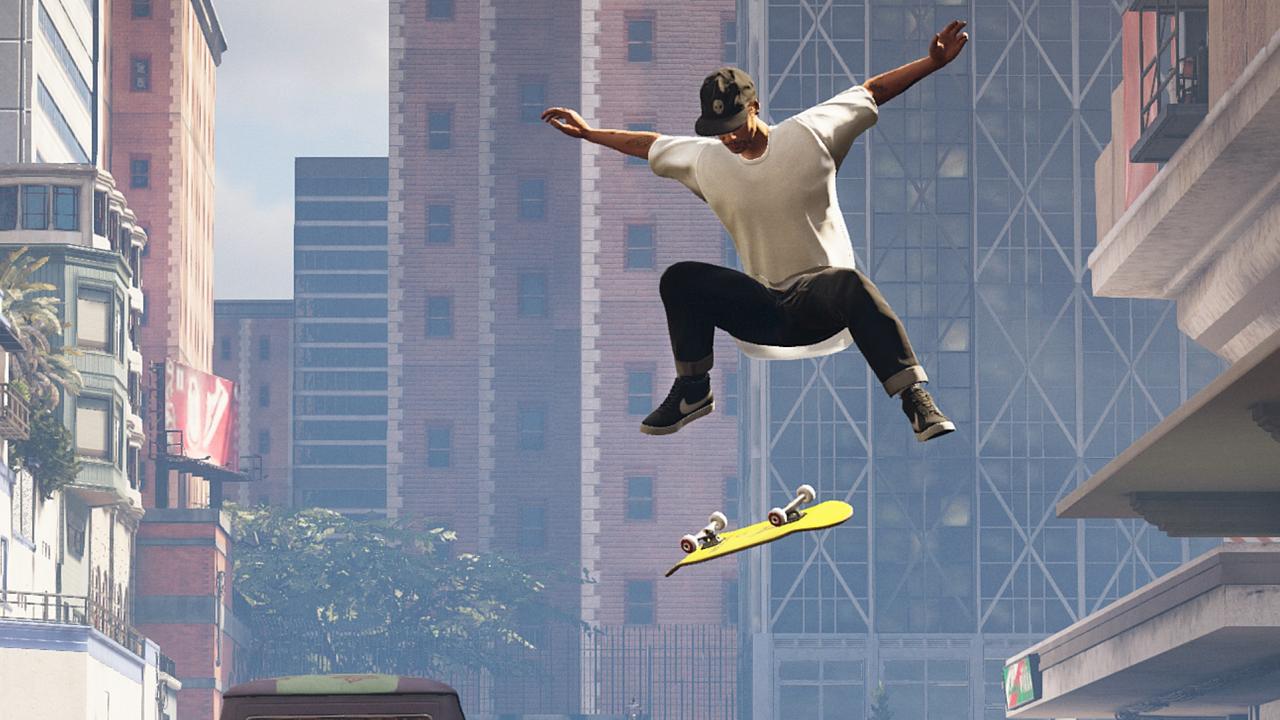Review: Mario & Sonic at the Olympic Games – Tokyo 2020
The Olympics come around only every four years and fans of this sport-inspired crossover have had the same wait.
Game Reviews
Don't miss out on the headlines from Game Reviews. Followed categories will be added to My News.
While the Tokyo 2020 Olympic Games are a good eight months away, Nintendo and Sega have teamed up again for the Mario & Sonic at the Olympic Games series — the six instalment of the crossover between Nintendo’s Super Mario and Sega’s Sonic the Hedgehog.
A 20-strong roster of characters is back for the first time since the 2016 games in Rio, competing in 37 various events.
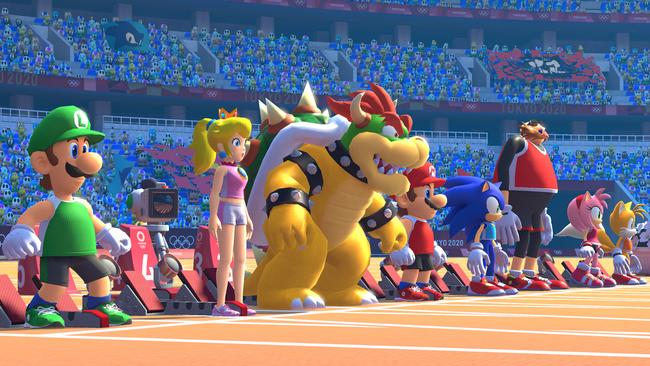
The roughly five-hour long Story Mode blends two art styles together with a simple storyline that has you jumping between 2020 and 1964, the first time Tokyo hosted the Olympics.
Mario and Sonic find themselves stuck inside a portable gaming system playing ‘Tokyo 64’ alongside their respective rivals Bowser and Dr Eggman, desperately trying to win gold medals in a bid to return to the modern era.
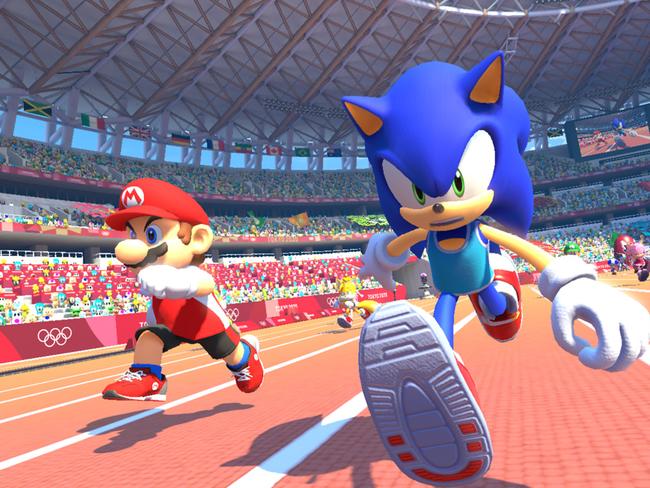
Back in Tokyo 2020, trusted sidekicks Luigi and Tails band together to figure out the mess our titular heroes have gotten themselves into.
Story Mode starts off slowly with a wave of dialogue screens to establish the premise but soon enough you’ll be introduced to new disciplines as the chapters unfold.
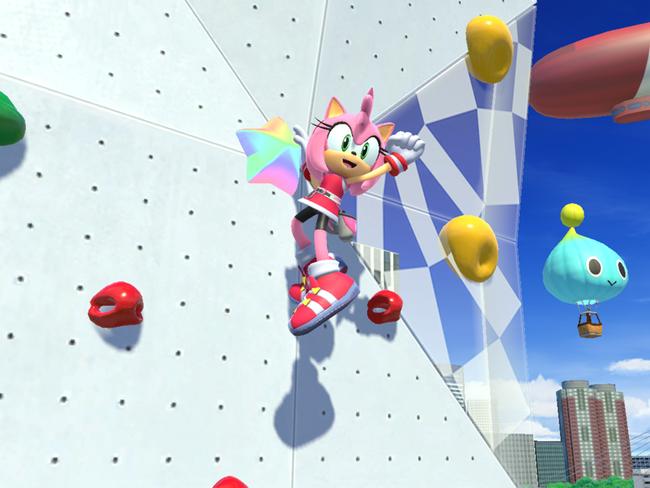
In some cases the ‘how to play’ screen seems to miss crucial information ahead of the first playthrough, but are later revealed via tips. Climbing felt like the biggest culprit of this – seemingly simple at first but the concept of chalking your character’s hands to maintain grip left me hanging and unable to progress without some confused stick-waggling.
The highlight of Story Mode is a selection of minigames based around various tourist spots, some of which provide a fun reprieve from the Olympic events and bring their own set of challenges.
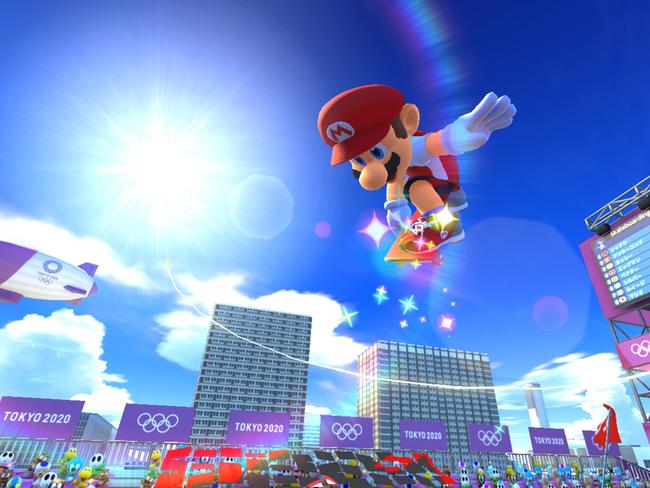
The Shibuya Crossing Search stands out with the Where’s Wally-esque challenge of finding a certain Toad among a sea of Shy Guys as the clock ticks down. Not to mention sneaking around a museum as Mario, avoiding detection from Koopas while searching for a piece of sushi – I won’t giveaway why you’re doing that in the first place, but it’s all part of the story.
Once you complete the Story Mode there isn’t much reason to return. With the extra minigames now unlocked from the main menu, the true heart of Mario & Sonic comes from its Multiplayer experience.
2D disciplines make use of simple control schemes, while 3D events can be played with motion controls using the joy-cons – the latter brings forward the hope of the Switch finally having an answer to the much-beloved Wii Sports.
Motion controls work far better in some events over others. Archery is the best of the bunch – simulating the bow-drawing action with the right joy-con, while a slight twist of the left joy-con has you accounting for wind speed and direction to hit the bullseye.
Simple ideas like that work best for motion controls with Canoe, Swimming and any of the running events also shining through, while more complex actions can leave you frustrated with either yourself or the joy-cons. Javelin Throw takes time to master with motion, but the worst culprit was Triple Jump with movements not registering properly, resulting in many foul attempts.
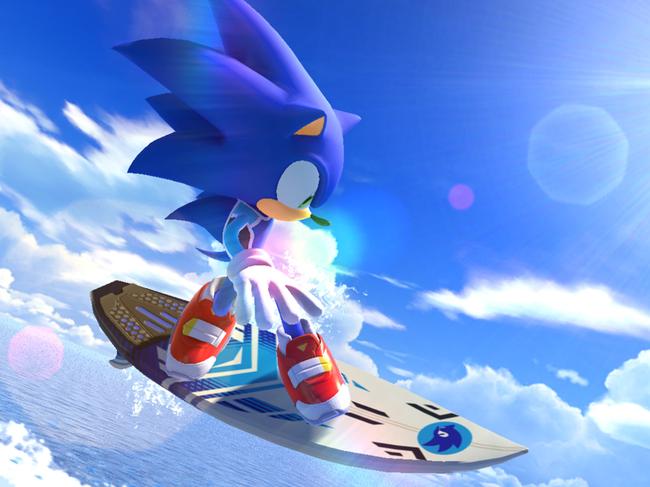
You might avoid a few frustrations among your party if you stick to the standard controls over using motion – but it won’t take long to figure out what events will become personal favourites.
While Surfing is fun and relaxing as you ride the waves, pulling off tricks works much better in Skateboarding as you rip around the skatepark doing flips, grabs and grinds like Tony Hawk.
Boxing will have you throwing hooks and sending your opponent to the canvas with a special move, but perhaps the team sports work best in local multiplayer. Football will have you wishing Nintendo would make another Super Mario Strikers already, while Rugby Sevens is begging to be fleshed out into its own spin-off.
There is something missing however. It would be nice if a cup or tournament mode was included for multiplayer with points awarded after each event, culminating with a medal ceremony.
Included in the 37 events are three ‘dream’ events with Racing, Shooting and Karate all given their own unique spin, albeit only Dream Racing is worth repeating with its mashup of skateboarding and Mario Kart elements within the Sonic universe.
Overall, Mario & Sonic at the Olympic Games falls short of grabbing the gold medal with a handful of missing features, but it’s a worthwhile party game for your collection that has the potential of bringing out the competitive spirit the Olympic Games are famous for.
Logan Swinkels is a Sports Video Reporter for The Daily Telegraph.
Continue the conversation with him on Twitter at @swinksnz.
Originally published as Review: Mario & Sonic at the Olympic Games – Tokyo 2020

